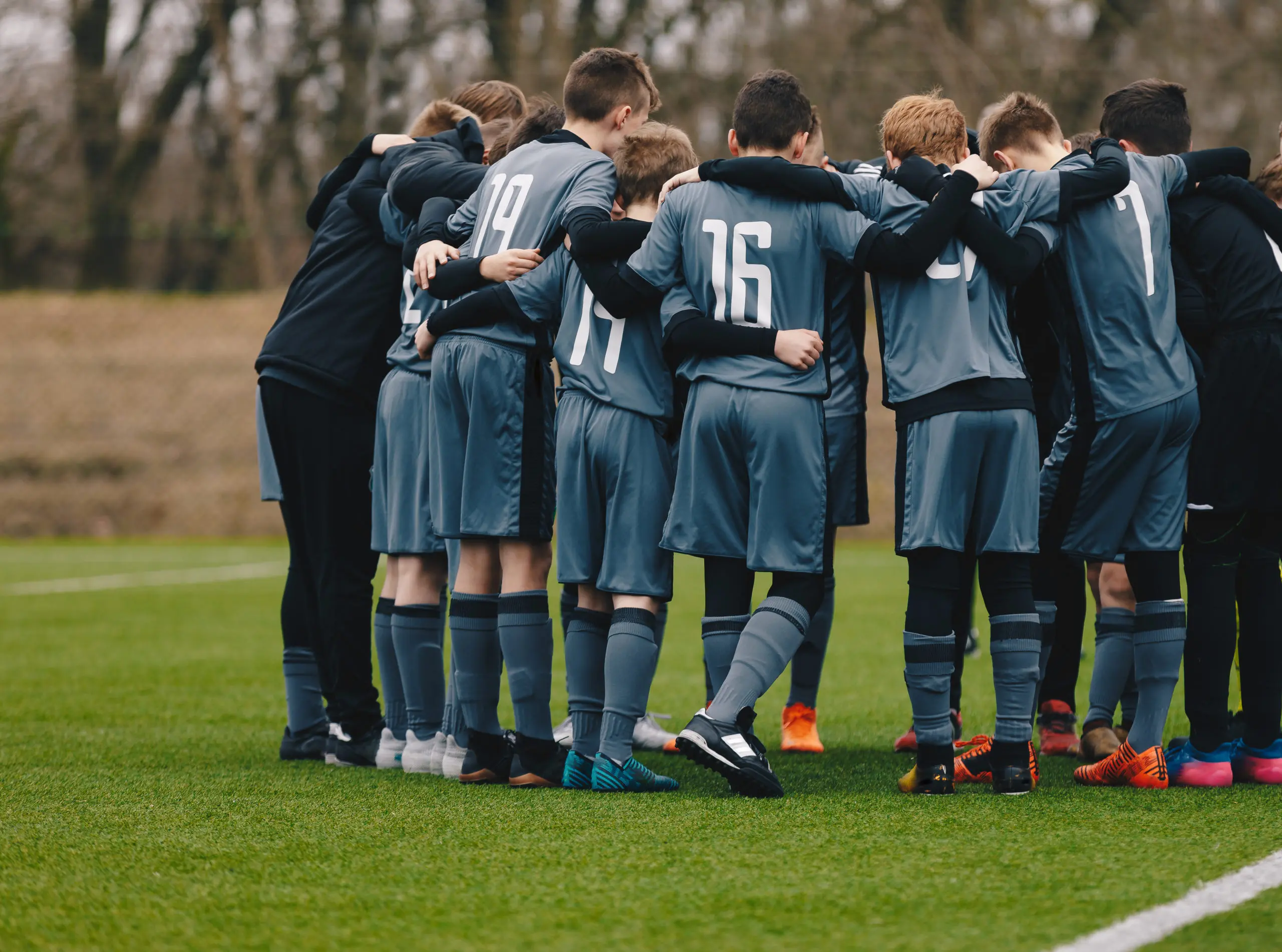
Six Tips for Using Visualization With Young Athletes
Posted in:
What is visualization and why is it good for athletes?
Visualization is the practice of imagining the sports performance you desire in real-life. Visualization can be fun and beneficial for athletes of any age. It can get athletes out of negative thinking patterns and recover from mistakes. Visualization teaches athletes to reflect on their performance and gain valuable lessons.
Here are six tips for practicing visualizations with young athletes:
-
Keep it fun and light
The age of your athletes will determine how you describe visualization. Whatever you say, keep it lighthearted and accessible with words they understand. For very young athletes, say, “let’s play pretend,” or “we’re going to make movies with our mind.” For older athletes, use the terms “imagination” or “creativity”. You could even say, “imagine you have a GoPro inside your mind.”
-
Start practicing before game day
Visualization works best when there’s not a lot of pressure attached to it. Introduce visualization during practice as just a fun thing to do with your mind. At first, teach your athletes to do a visualization that is not sports-related at all. Have them visualize a dinner with their family or a vacation on a tropical island. As you practice with your team more, you can add in more sports-related imagery.
-
Bring in all the senses
Once you’ve talked about what they see on the dinner table or the tropical island, ask them about other senses. Depending on the person, different senses are more powerful than others. Ask what the kitchen smells like? What does it feel like to hold a coconut in your hand? Are there any smells in the room or on the island?
-
Make it sports specific
Once your athletes have had some practice, ask them to remember a game situation. It could be a time they scored a goal or performed their best. Ask them to visualize how they felt. Did they feel proud or happy? What did the ball feel like in your hand? What was the weather like? What did people say to you after the game?
-
Take the pressure off by exploring
One of the biggest barriers to visualization is pressure. Let them know that its normal and okay that their minds will wander. Make the exercise fun, and pressure-free. Encourage them to share their experiences without getting it wrong. You and your athletes are exploring together. There’s no wrong or right thing for them to see or feel.
-
Try a visualization on game-day
Once your athletes have been practicing visualization, they can try it on game-day. Even though the pressure is higher, it’s important to keep it as stress-free as possible. Have them visualize the outcome they want. Ask them to see the event how they want it to unfold. Have them feel what it’s like to win or score a goal. If their mental images turn negative, stop the mental tape. Have them rewind and restart to try again to visualize the performance they want.
Do you or someone you know need help managing their sports team or club? Sign up for a free 21-day trial today.
Sarah Kostin is a freelance copywriter, published author, and former children’s librarian. With a background in yoga, mindfulness, life coaching, and ultramarathon running, Sarah has a passion for writing about fitness, mindset, personal growth, and overall well-being.

